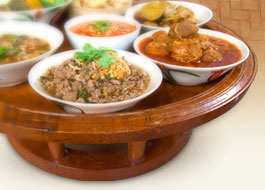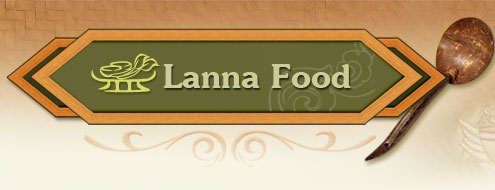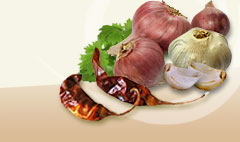Cap bell-shaped when closed, than shallow in the middle when opened, greenish brown or creamy yellow, stalk 3-5 cm. long, 2-3 cm. in diameter. Smooth, slightly curved below ; spore round oval, white 5-6 X 6-8 mc., rough. Grows in deciduous and pine forests in the North and Northeast of Thailand. Fragrant, edible varieties are Russula dilica or the white kind, Milk White Russula or Short Stalk White Russula are shaped like an upside down frying pan, creamy white, 8-2 cm. in diameter, white, smooth skin, brown in some places, white flesh, breaks easily; spore round-oval, 7-8 mc., rough, netlike. White variety can be found in the Northern region, with a simple growing in groups of 2-3, found in pine and mixed deciduous forest; edible but tastes is not good when cooked. Russula brevipos Peck can be found in North America; the gills are closer, and it is believed to belong to the family Russula Delica Fr.; the former name was Russula Heterophylla Fr. The green kind is known as Forked Russula Its cap is also a reversed frying pan shap, greenish brown or yellow, 5-8 cm. in diameter, slightly dented in the middle, smooth skin, gloosy cream when wet with close gills; stalk 6-7 cm. long, 1-2 cm. in diameter, sometimes brown when bruised with white flesh; spore round, white, 4-6 X 5-7 mc., rough skin, found throughout Northern Thailand in mixed deciduous forests, edible. Also found in Africa and some parts of Europe. (Silao Ketphrom, 1999, pp. 7616-7617) |




